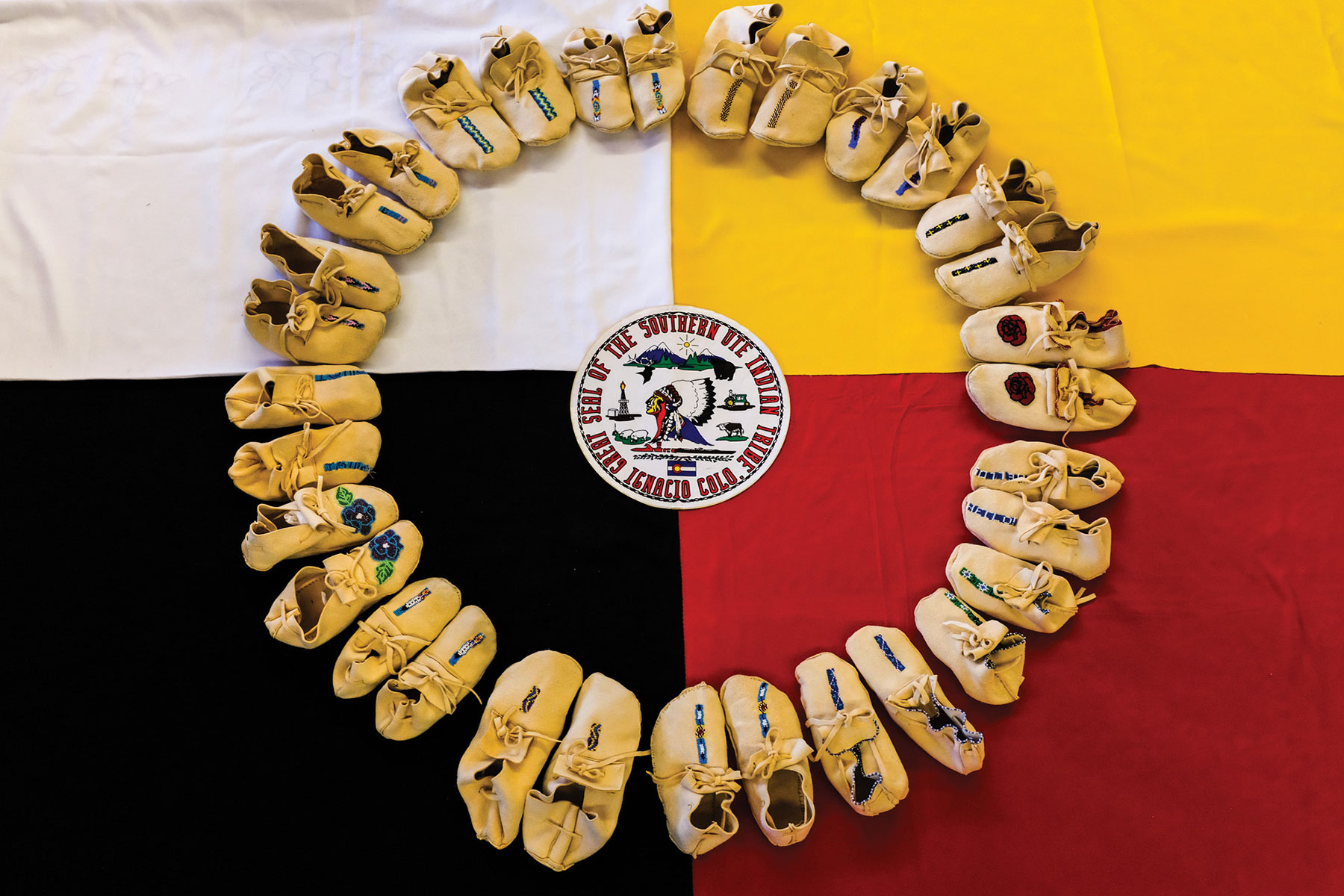Can you guess the most common skin condition in the U.S.? The title was a clue: it’s acne. Almost everyone will have at least some acne between the ages of 12 and 24 years old, while some people have it far into adulthood. Acne can be very mild or very severe. It can be on the face, the chest, or the back – anywhere there are oil-producing glands. Typically, acne does not occur until puberty because that is when the glands really start to make oil. The cause of acne is a combination of more oil, skin cells that plug up pore openings, and bacteria that flourish in the plugged pores. These causes can be inherited and are the reason acne often runs in families.
While it can feel to a teenager like they are the only person with acne, hopefully it helps to know how very common it is. Also, it almost always gets better with age. But for those that want to treat it, there are lots of options. But first, there are basic tenets of acne prevention and care. The first basic of acne care is that it takes consistency and time to treat. This means the treatments need to be used every day for two-three months to know if they are working. That is hard for many teenagers, but if they can stick with it, their persistence can pay off in clearer skin.
The second basic tenet is that some people with acne are tempted to try to scrub it off, thinking of it like dirt. But acne is about inflammation, and harsh treatment of the skin, either through aggressive cleansers or topical treatments, can sometimes make acne worse. I encourage patients to treat their skin gently to prevent any additional inflammation. This means using a gentle acne wash no more than twice daily, applying gently with clean hands, rinsing with warm water, and gently toweling off.
The third basic rule of acne care is the importance of moisturizers and sun protection. Treatments can be drying, and dryness can encourage more oil production. Keeping the skin well moisturized is essential to keeping it healthy. Some acne treatments can also make the skin more sensitive to the sun, so a daily sunscreen that is at least SPF 30 is critical to preventing sunburns and future skin injury. Moisturizers and sunscreen placed on the face should say “non-comedogenic,” meaning they don’t clog pores.
When it comes to treatment, there are many different options, the first usually being benzoyl peroxide, which is available to buy in stores without a prescription. I encourage starting with the 2.5% strength because it can be less drying, and starting slowly, perhaps applying every third day to start. While it may be tempting to think more is better and slather on benzoyl peroxide and any other topical acne medication, the opposite is true. About a pea-sized amount distributed throughout the face is enough to treat the acne without worsening the drying side effects. In addition to benzoyl peroxide, providers may also prescribe topical retinoids, topical antibiotics, oral retinoids, oral contraceptive pills, spironolactone, or other medications. The choice depends on the individual patient and their type of acne.
For more information about acne, check out: healthychildren.org and search for “acne.”
You can make an appointment for your child to be seen at the Southern Ute Health Clinic to talk about acne or anything else by calling 970-563-4581.

